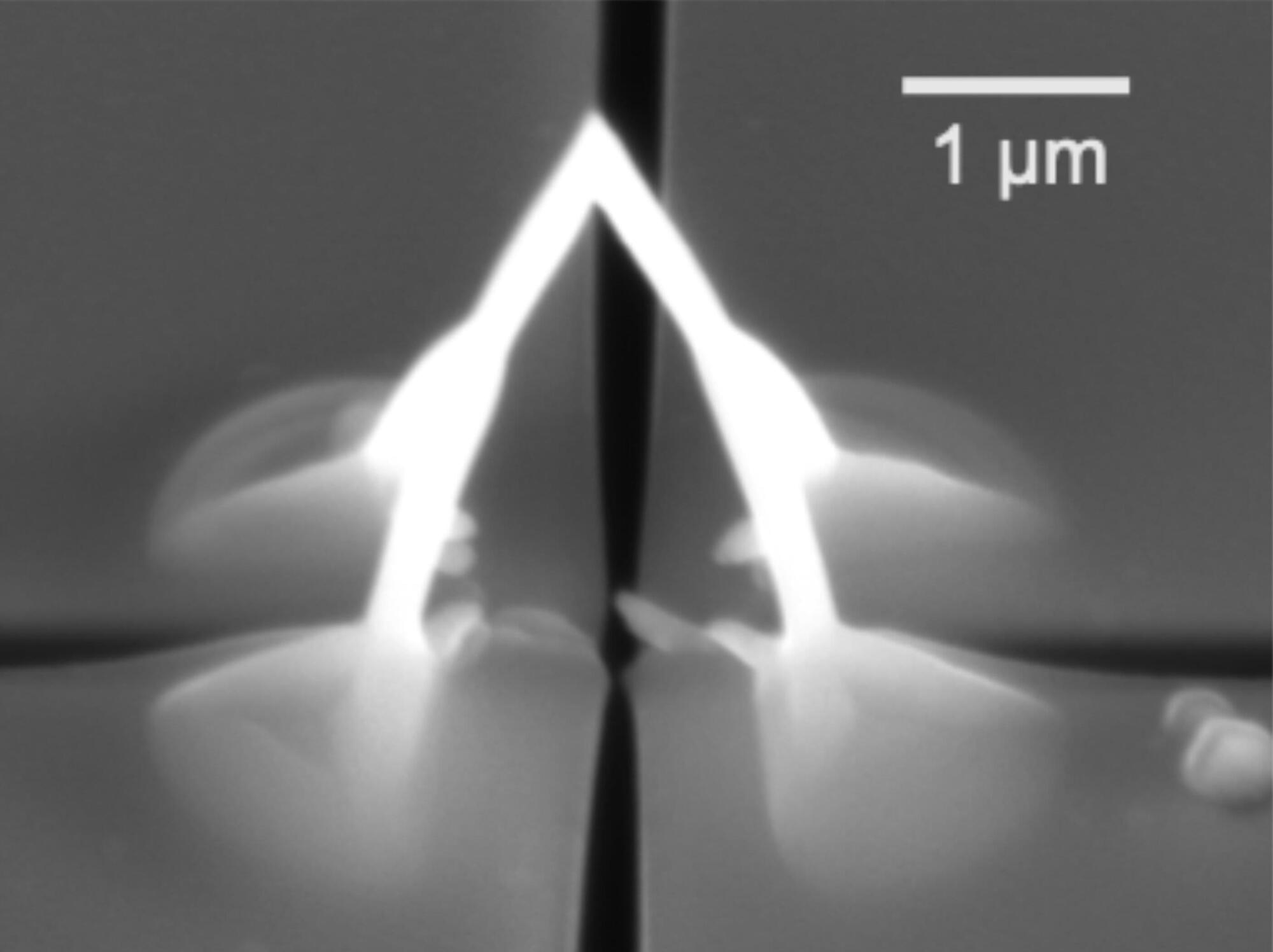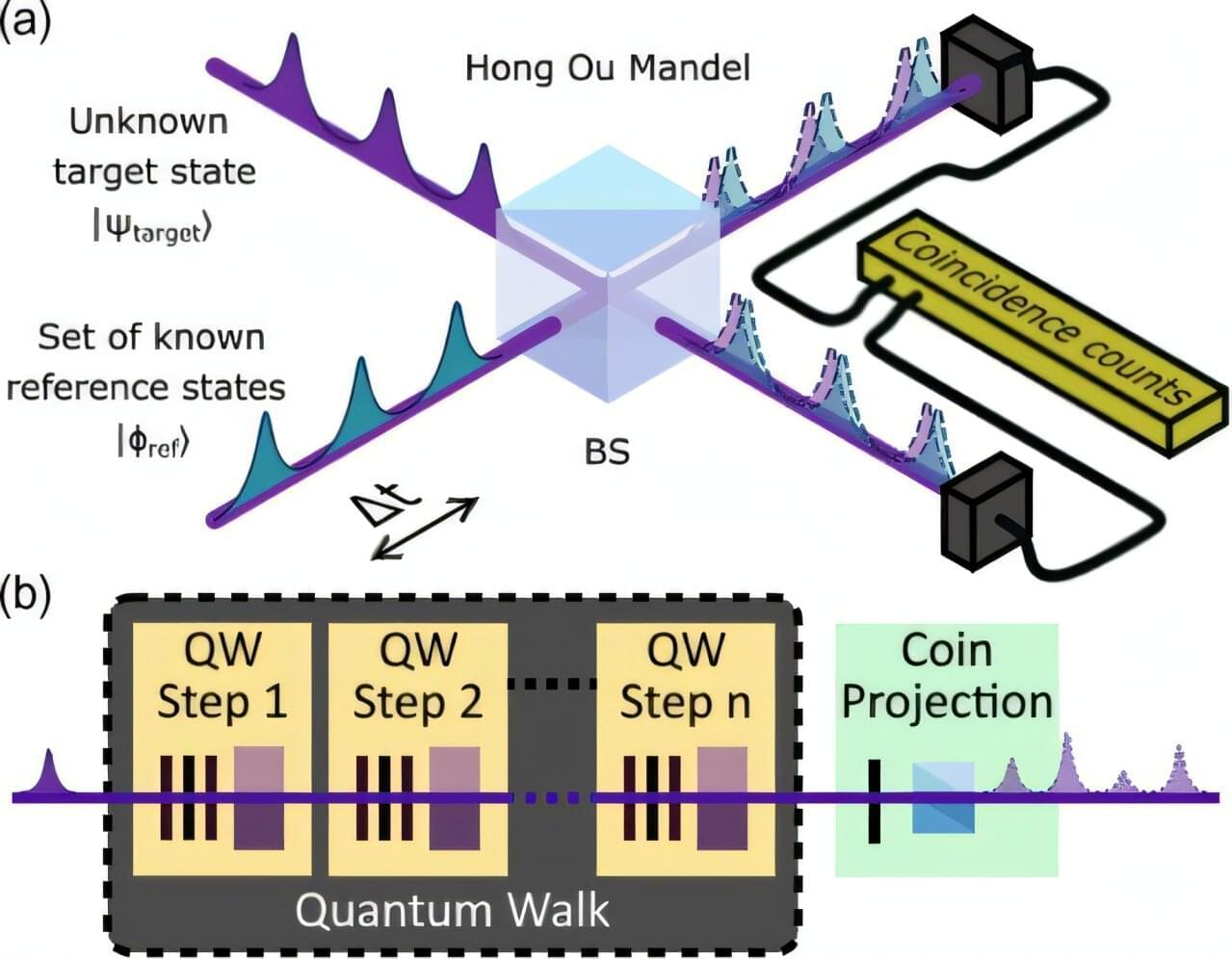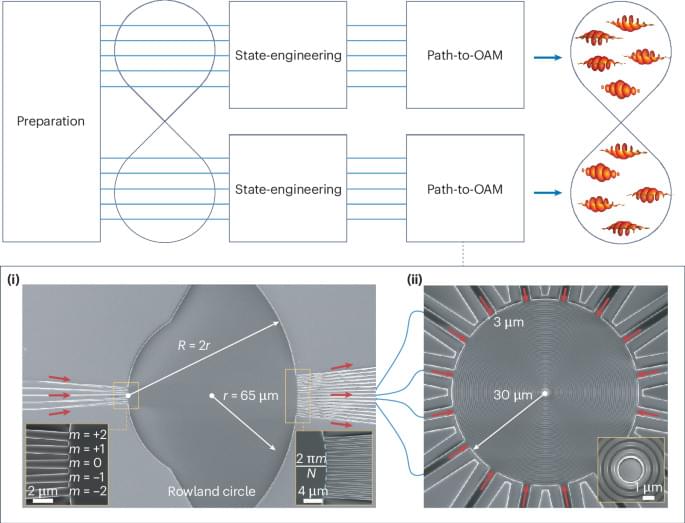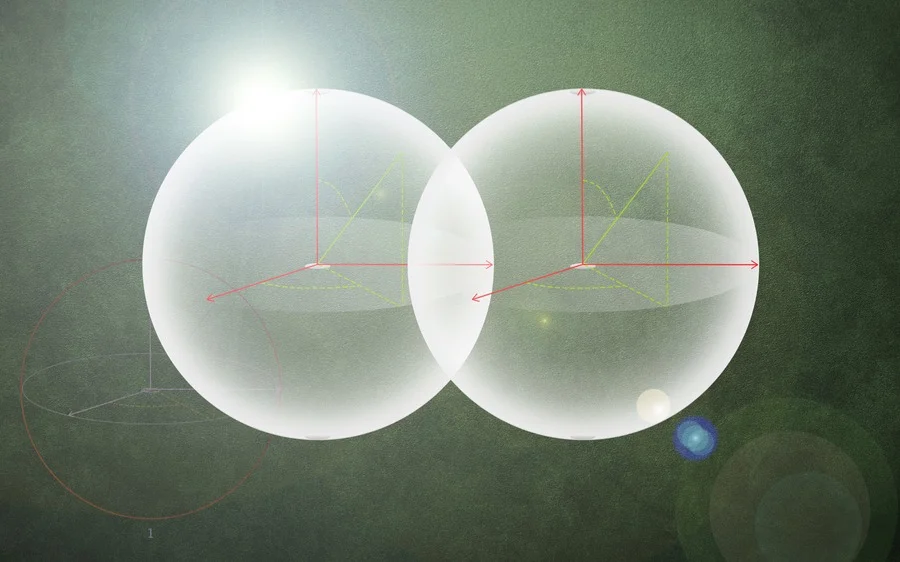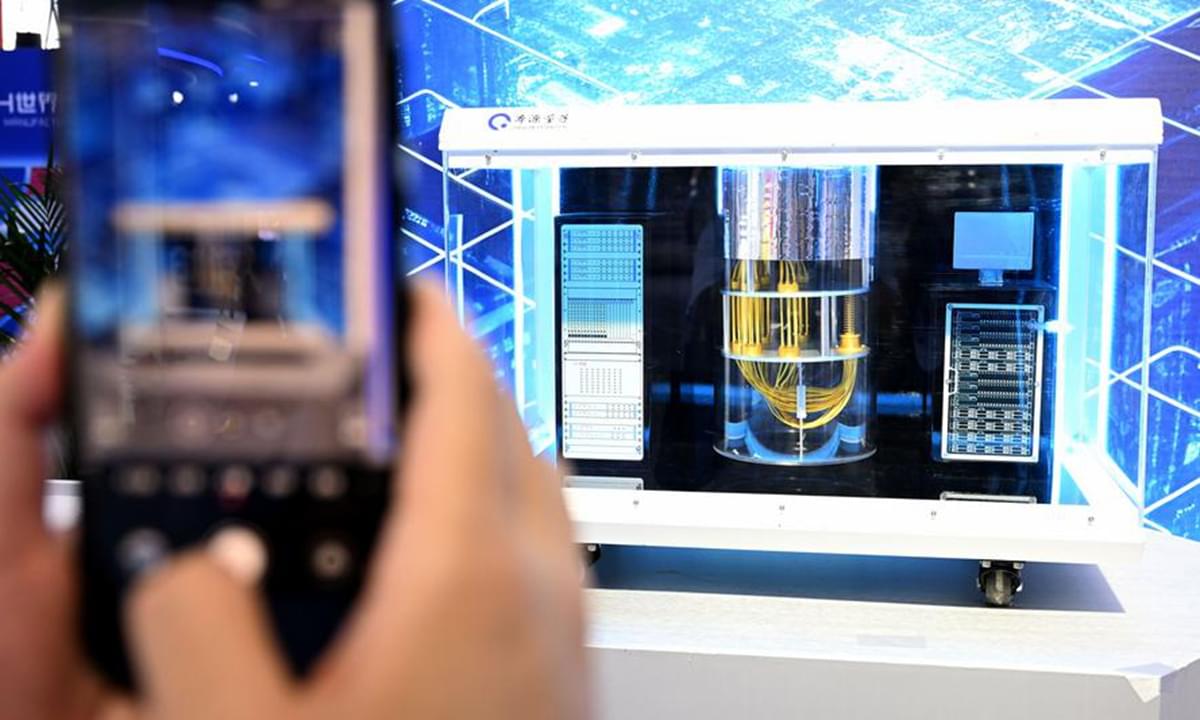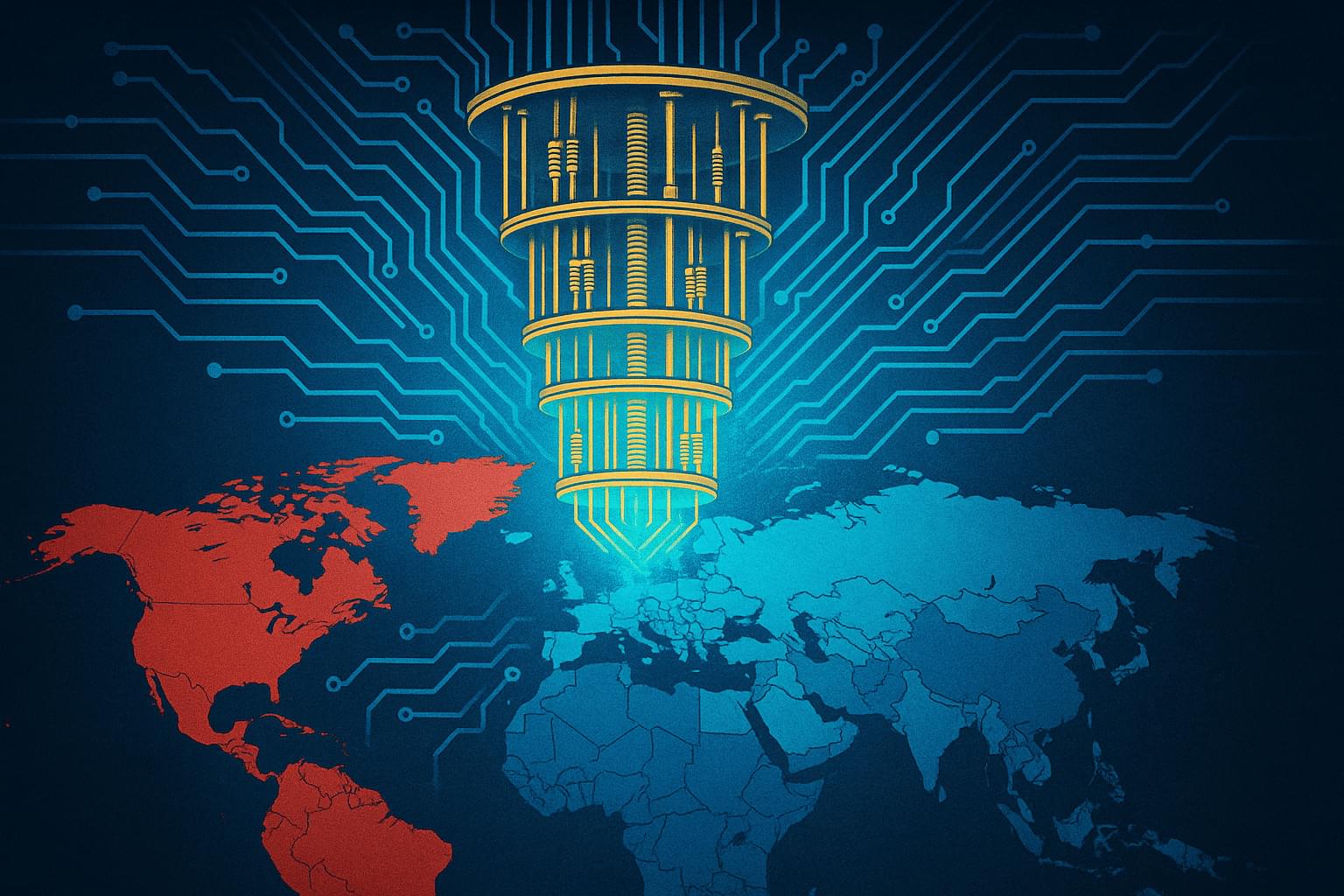The move from two to three dimensions can have a significant impact on how a system behaves, whether it is folding a sheet of paper into a paper airplane or twisting a wire into a helical spring. At the nanoscale, 1,000 times smaller than a human hair, one approaches the fundamental length scales of, for example, quantum materials.
At these length scales, the patterning of nanogeometries can lead to changes in the material properties itself—and when one moves to three dimensions, there come new ways to tailor functionalities, by breaking symmetries, introducing curvature, and creating interconnected channels.
Despite these exciting prospects, one of the main challenges remains: how to realize such complex 3D geometries, at the nanoscale, in quantum materials? In a new study, an international team led by researchers at the Max Planck Institute for Chemical Physics of Solids have created three-dimensional superconducting nanostructures using a technique similar to a nano-3D printer.
